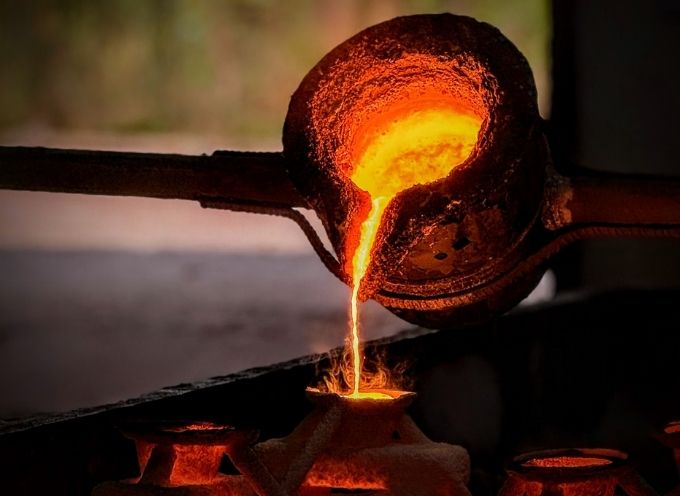


All Mechanical Engineers know about the investment casting process. However, very few will have visited an Investment Castings foundry. As a result, there are many myths regarding the process, which are built around assumptions, hearsay or experiences with procurement. In this article, some of these myths will be busted with facts.
Investment Casting is a very flexible process which can handle low volumes of production and high volume of production with equal ease. Unlike forging, which is not suitable for low volumes of production, investment casting can handle both low volumes and high volumes using single cavity or multi-cavity dies, respectively. The cost of the die is high in both forging and investment casting and most people who consider either of the manufacturing processes are daunted by this. In the investment casting process, the dies are injected with wax at about 70 deg C which does not subject it to high thermal cycles whereas the dies used in forging get damaged frequently due to the high temperatures encountered along with high impact forces. Thus, the dies manufactured for investment casting prove to be assets with very low upkeep.
Investment castings can produce parts with many features like holes, counterbores, slots and letterings. The surface finish achieved is very good along with very close tolerances. This can make machining redundant in many areas of the job. The areas that do require machining can be designed with very small allowances. Thus, the cost of machining can be greatly reduced. This is particularly important in parts made of stainless steels, due to the high cost of raw material and an equally high cost of metal cutting. Investment casting is well suited to the manufacturing of exotic alloys like super duplex stainless steel, Alloy 20, Hastelloy and other nickel alloys. Anyone with an experience in the machining of these alloys knows the difficulty in machining and the high cost of tools required. Hence, lower machining allowances along with ready to use features like holes, slots etc., makes investment casting a compelling choice.
The investment casting process is very versatile with regard to the size of products that it can handle. It can manufacture parts with weights as low as a few grams to a maximum of 90 Kg. Holes as small as 0.2 mm can be cast. Casting integrity which is a combination of low porosity, low shrinkage and low inclusions, very important for parts that handle fluid pressure, is very high. With proper care, castings that pass radiographic testing, can be manufactured.
The process of investment casting involves making wax patterns, assembling of pattern trees, primary coating, secondary coatings, drying of shells between coatings, dewaxing, shell firing, metal pouring, knockout, tree cutting, sand removal, fettling/ grinding, shot blasting, sand blasting and optional electropolishing. Most of the processes are manual which causes them to be slow. The yield of usable metal in each pouring is about forty percent only. This makes the process very expensive. However, the smaller machining allowances and near net shape of parts offset some of the high process cost. The flexibility and versatility of the process makes it indispensable for mechanical engineers looking to produce excellent products.
Comments